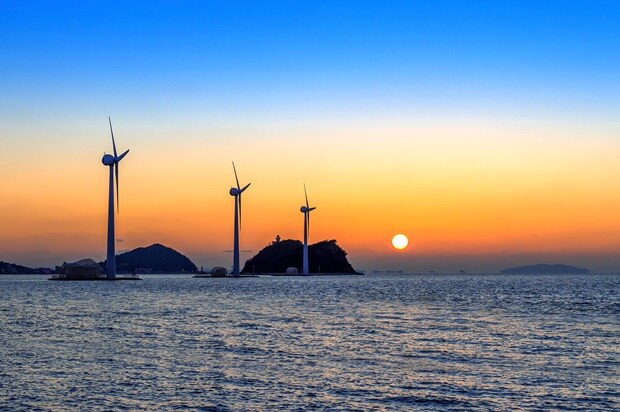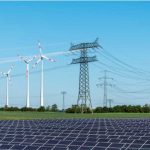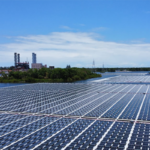A latest report from the global think tank RMI talked analyzed three high-potential areas in the Philippines to accelerate the offshore wind market in the Southeast Asian country.
To show the government’s commitment, the country has set a goal of sourcing 35 percent of its energy from renewable sources by 2030 and has directed the Department of Energy (DOE) to establish the policy framework for offshore wind development. As of April 2024, DOE had awarded 92 offshore Wind Energy Service Contracts (WESC), accounting for a total potential capacity of nearly 65 gigawatts, signaling a growing interest in a quickly evolving Philippine offshore wind market.
However, despite these strides, only a few offshore wind projects are in the development pipeline and are expected to be completed by the end of the decade. To build momentum in the market’s first movers, this report studies offshore wind development areas that show promise for the country’s first offshore wind projects (i.e., operational by 2035) and the country’s next wave of offshore wind development.
The RMI report said that Manila Bay and Tayabas Bay have the potential for near-term (i.e., operational by 2035) offshore wind development, with wind farms using fixed foundation turbines and wind energy service contract (WESC) leases of less than 300 MW. “The nearby points of interconnection and ports require minimal upgrades for small offshore wind projects. Relatively small projects (<500 MW) are well positioned to be first movers in the Philippines’ offshore wind market but may quickly struggle to reach sufficient economies of scale at the early stages of market maturity,” it said.
It also said that Manila Bay and Tayabas Bay have the potential for longer-term offshore wind development, with their adjacent deep bathymetry (>50 meters) with high wind resources. “Transmission and port upgrades used for the sector’s first projects in the Philippines can be used to facilitate the country’s first floating offshore wind projects in these areas,” it said.
The report said that like the other two zones, Guimaras is recommended for near-term (i.e., operational by 2035) development for fixed foundation turbines. “Available WESCs in this area have economies of scale with 600 MW or higher capacities. However, this area requires more infrastructure investments in transmission because there are few high-capacity transmission lines (>230 kilovolts [kV]). Additionally, this zone has a variety of environmentally protected areas. Results from the Marine Spatial Planning currently being conducted by BVG Associates, as well as site-specific geotechnical studies, must first be analyzed before further developing the area. Like the other zones, Guimaras has a mix of shallow and deep water that will allow any initial infrastructure investments made for the fixed foundation offshore wind industry to facilitate the country’s first floating offshore wind projects in this area,” the RMI report said.



